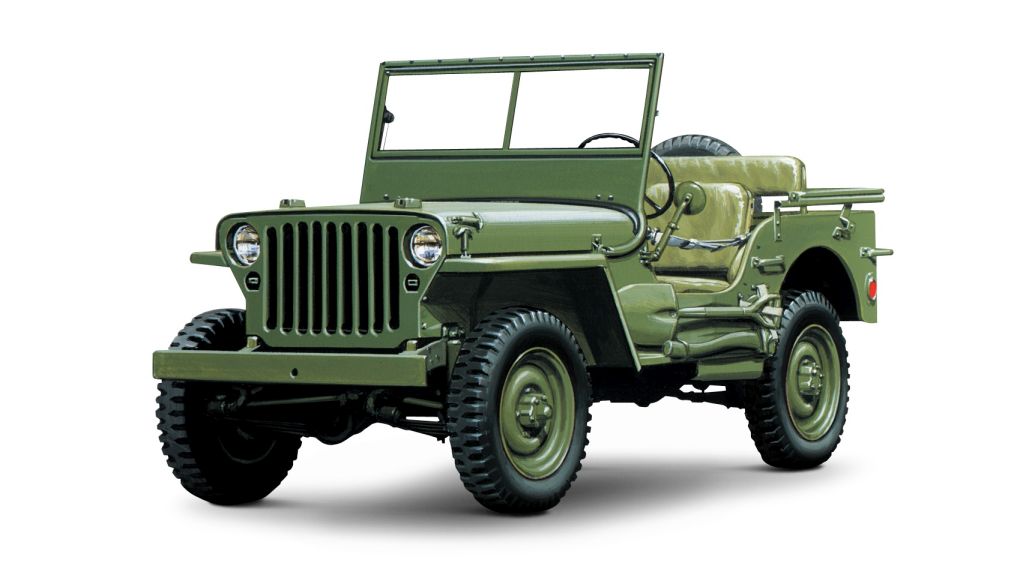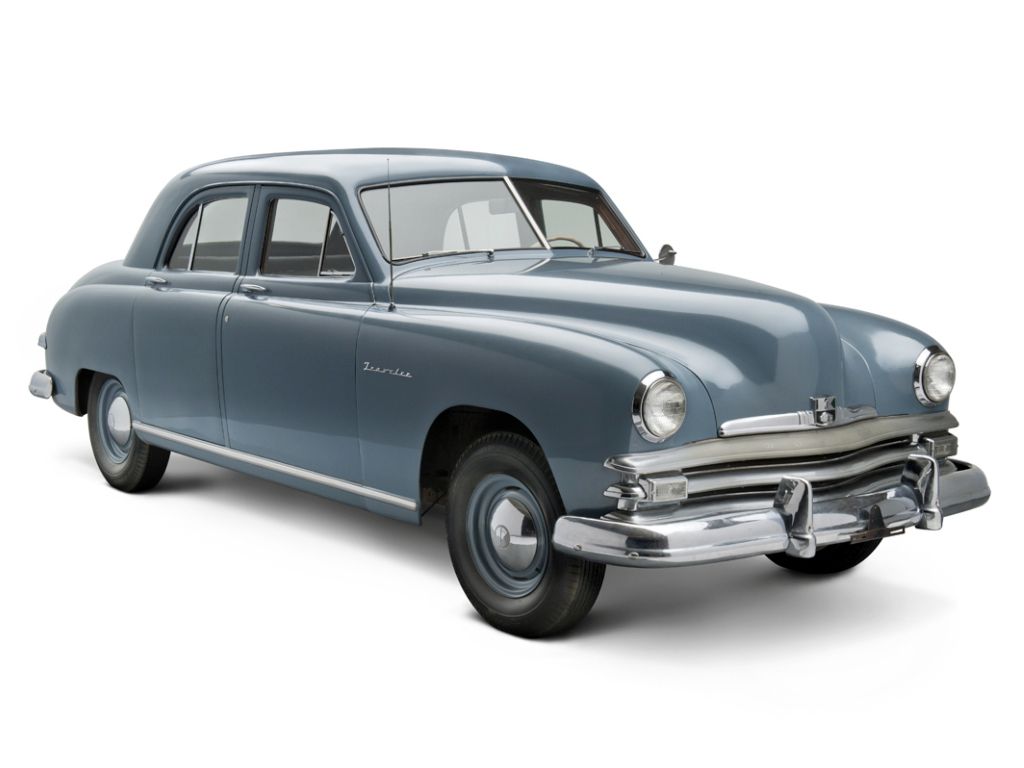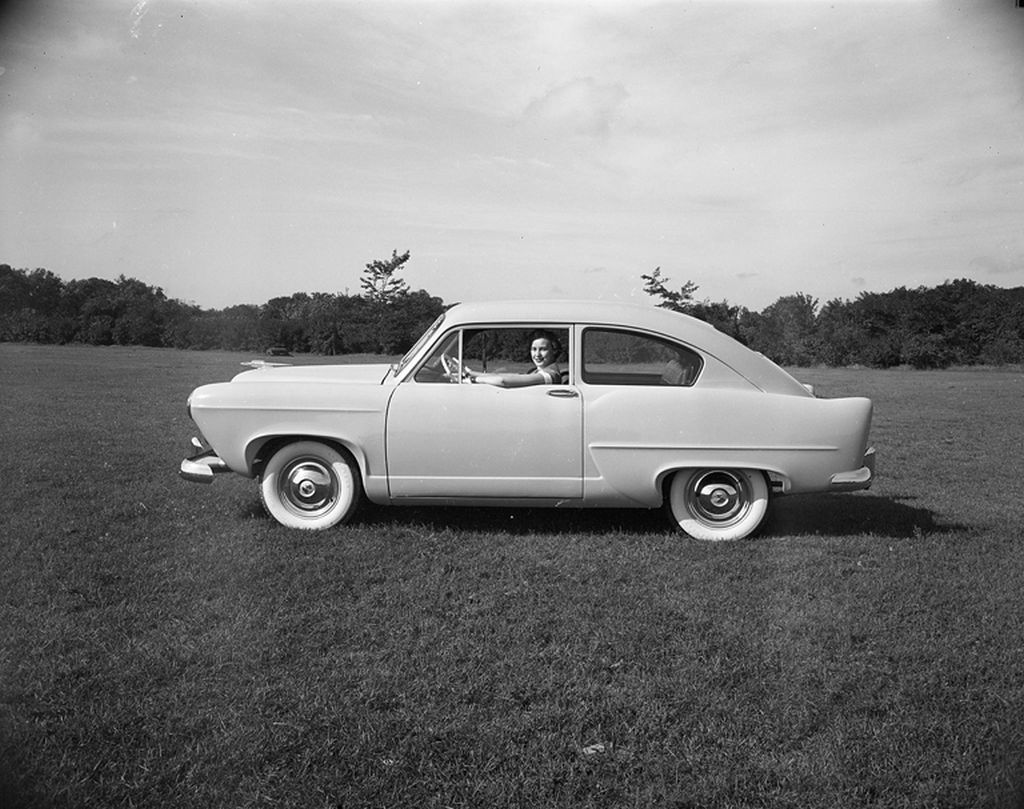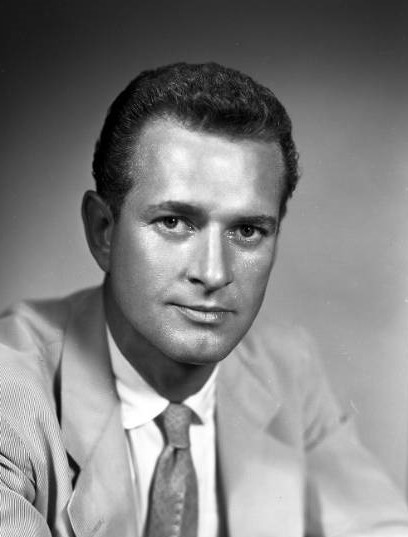Retro Stories by David Burrell
Henry J. Kaiser was a self-made steel, aluminium, ship building, health care and construction magnate. And, he wanted to design and build a car for post war Americans.
Joseph Frazer was an automotive executive, having held senior roles at GM and Chrysler while still in his twenties and thirties. At Chrysler he named the “Plymouth”. By 1939 he was the boss of Willys-Overland and had the foresight to trademark the name of a vehicle Willys developed for the US Army: Jeep.

Frazer also wanted to design a car to compete against GM, Ford and Chrysler in post-war USA. To achieve this ambition, in 1944 Frazer left Willys-Overland and personally bought the Graham-Paige car company. His plan was to have an all-new car ready for 1946. In mid-1945, while talking with potential investors, he met Kaiser. The duo agreed to use Kaiser’s money and Frazer’s production facilities to create the Kaiser-Frazer (K-F).

The1946 K-F cars were priced to compete with Oldsmobile, Buick, Mercury and Dodge. In a booming late-1940s America, where any new car sold immediately, K-Fs did well and delivered profits.

By mid-1948, however, Frazer could see tough times ahead. He was concerned that when GM and Ford launched their first all new models since WWII, K-F was not well placed. All K-F had to offer would be facelifted 1946 models. Complete new models were not due until 1951.
To bridge the gap till 1951, Frazer wanted to take a cautious approach. He advocated to reduce production and ensure profitability on every car sold in 1949 and 1950. Kaiser disagreed. He wanted to ramp up production. Frazer argued they’d lose money.
The matter was decided at a board meeting in March 1949. Kaiser won and Frazer elected to retire. Production went up and so did the inventory of unsold cars. Frazer was right. K-F never made a profit again.

With Frazer gone, Kaiser was free to develop another of his automotive dreams, a basic, affordable small car. An initial design proposal by one of the K-F team, which followed the lines of the forthcoming 1951 Kaiser, was rejected by Kaiser. He preferred a shape urged on him by American Metal Products (AMP). AMP had never designed cars. They made car seat springs. Kaiser also wanted to name the car after himself.

The little Henry J was launched just as Detroit embraced the trend to longer, lower, wider, glitzier, more comfortable and more powerful cars. By comparison the Henry J was spartan and stubby. It looked like a shrunken 1948 Cadillac, but lacked that car’s glamour and elegance.
To keep the price low, it was stripped bare. No boot lid, glove box, arm rests and passenger sun visor. The rear windows were fixed as were the front quarter windows. Power came from a four-cylinder engine or an optional six.

If the styling was not enough to deter buyers, the pricing did. A full-sized base model Chevrolet could be bought for just $50 more. To make matters more complicated, Kaiser agreed that the car would be also sold through the Sear, Roebuck department stores as the Allstate. That decision got K-F dealers offside.
Production of the Henry J ended in 1953, with only 120,000 built. By 1955 K-F was out of the car business in the USA.

There’s a direct Australian link to the Henry J. It was Duncan McRae who shaped the rejected in-house proposal. That rejection motivated him to resign. He subsequently worked at Studebaker, where he designed the 1959 Lark.

McRae had begun his design career at Ford just prior to WWII. He was rehired by them in 1964. He worked on the Mk II Cortina and the 1969 Ford Capri. In mid-1969 he was appointed design director of Ford Australia and led the styling of the XB, XC and XD Falcons. He retired from Ford in 1975 and owned a cattle farm in Apollo Bay, Victoria. He died in the USA in 1984.


